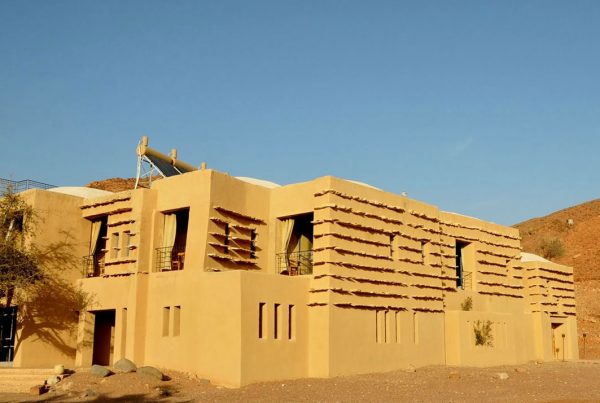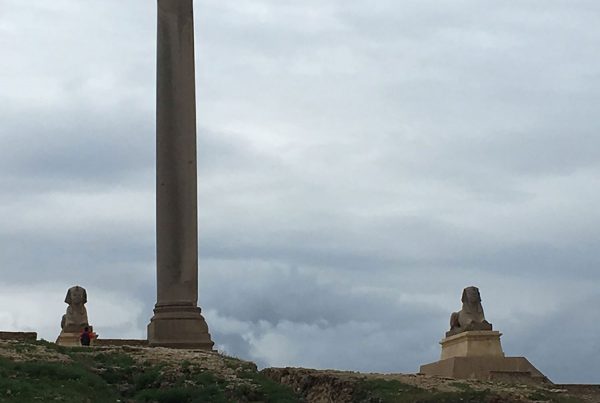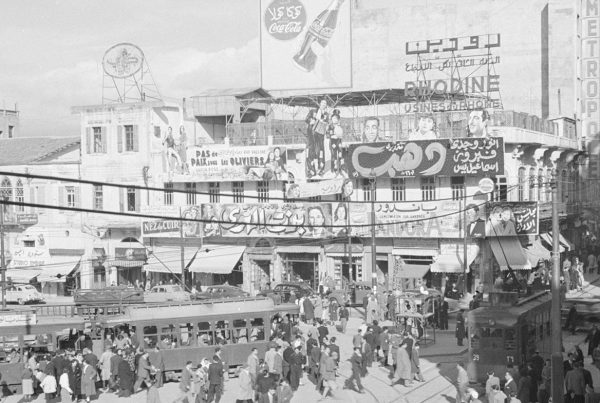When it comes to architectural designs, the Middle Eastern and North African (MENA) regions stand out for having some of the most advanced as well as some of the most unusual architectural designs. Mainly constructed using mud bricks either prepared using fire or sun, the buildings have managed to withstand changes in the climate and are often suitable for the changes in temperature. However, the architecture of the Middle East can be argued to be evolving, probably as a result of globalization and modernization which has seen the region become one of the leading regions in terms of architectural designs.
Yemeni Mud Bricks
Most of the earliest buildings across the world are made of stone and rock which is extremely hard and durable depending on the foundation and the climatic changes. However, mud and clay are more popular in the Middle East and North African region with buildings such as the Shibam (Manhattan of the Desert) and the Arg-e Bam (Bam Citadel in Iran) being some of the most outstanding and unusual adobe buildings in the region. However, the most outstanding adobe building is the Great Mosque of Djenne in Mali. Listed under the UNESCO heritage, the building has suffered damage severally but is repaired by the members of the local community. This is because, like most of the buildings in the region, it is made of mud and requires maintenance from time to time.
A significant number of buildings in the MENA regions have utilized mud as the sustainable material since mud bricks have withstood changes in the atmosphere. Furthermore, mud is inexpensive and available compared to other building materials such as stone and cement. In Yemen stands one of the most impressive yet unusual towns in the world. Al Hajjarah, Yemen is a small town with close to 2, 000 people living in dwellings that are suspended from cliffs. From an outsider’s perception, the buildings are on the verge of collapsing. The buildings in Al Hajjarah are constructed using mud bricks which are sun-dried to attain the desired texture. Similarly, the Ksar of Aït-Ben-Haddou in Morocco is a collective of buildings made of earth and located at the foothills of the slopes in order to play a defensive role against potential attacks.
Morocco’s Ben-Haddou
The Ksar of Aït-Ben-Haddou is a group of dwellings and towers alike and is considered an accurate representation of the Moroccan architecture in the Northern Part of Africa. The buildings are surrounded by high walls which represent defense for the habitats. The upper sections of the towers are decorated using clay bricks and motifs. Similar to buildings in North America, the village of Kandovan in Iran remains one of the most extraordinary buildings which are believed to have been carved on the volcanic remains which requires as many as ten months to dig a room by four people. The village is also believed to defy the law of gravity due to the incredible slopes as well as irreverent paths. Although the village has a small number of inhabitants, it is believed to have survived for more than 800 years and continues to survive to date.
Petra of Jordan
The majority of the unusual or bizarre architectural designs in the MENA region trace back centuries. Such is the case of Petra in Jordan. Apart from the dwellings being made inside caves, some of the people to date live in the caves. Petra is listed as one of the World Heritage sites and is considered one of the most visited sites in Jordan since the facades which are carved from the cliff faces date back to the times of the Nabateanean- Roman. Petra is also known as the city of stone since it includes temples, tombs and even caves of the ancient civilization. Petra is also known as the ‘Rose City’ since the dwellings and tombs are carved

Petra, Jordan by Leon Petrosyan
from pink sandstone found in the Jordan desert. Hidden in the cleft rocks, Petra enabled the Nabateans to remain unconquered for many centuries and dominate the lucrative incense trade.
The MENA region undoubtedly stands out for the unique yet unusual architecture. While some of the buildings are constructed to ensure a defensive position, others are constructed to allow many people to reside in a small space. Regardless, the use of mud bricks remains one of the most common architectural designs while the carving of settlements in stones emerges as a popular trend in the Middle East. These unusual architectural designs also point to the Middle East being a playground for architecture. Away from the ancient buildings are some modern buildings such as the Azadi Tower which is considered a symbol of Tehran, the Dubai Technosphere and Kind Abdullah’s Petroleum Studies and Research Centre. From the traditional use of stone and earth bricks, the architecture of the MENA region has undoubtedly evolved based on modern architecture. While ancient buildings considered security by adopting a defensive design, modern buildings are more focused on modernity and functionality. Judging by the past and current trends, it is also likely that more bizarre and unusual architectural designs will continue coming up in the Middle East and North African regions.








